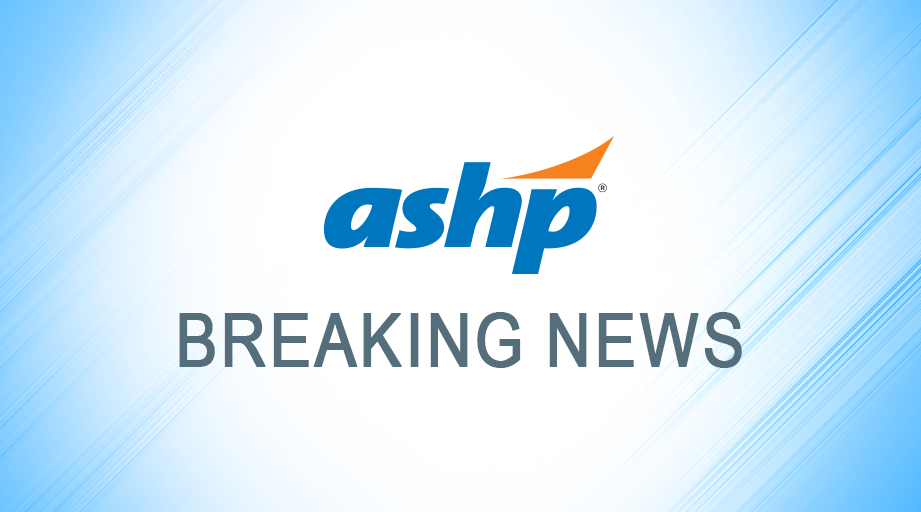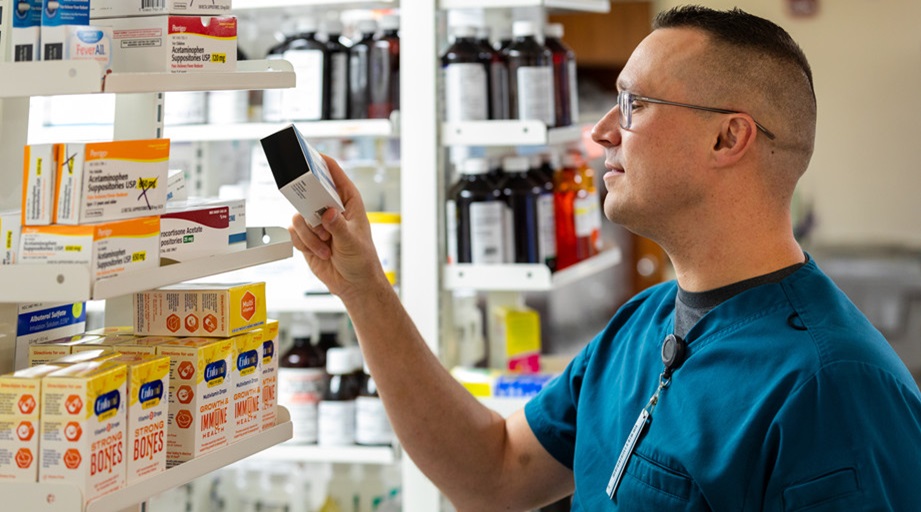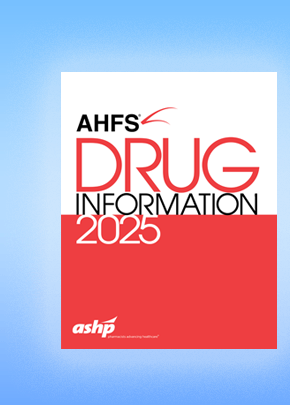
The Joint Commission’s new National Patient Safety Goal (NPSG) for anticoagulation therapy is intended to reduce the risk of medication-related adverse events, but compliance could pose challenges for some healthcare facilities.
“There could be limitations based on cost of newer reversal products, availability of blood-based products, and proper lab testing equipment” for the evaluation of liver and kidney function, said Robert Campbell, Director of Clinical Standards Interpretation for the Joint Commission’s hospital and ambulatory care programs.
“While these limitations are real, organizations must balance how they intend to deliver appropriate and safe care for patients with emergent needs related to anticoagulation therapy,” he said in a written statement.
Campbell cited numerous recent studies describing adverse events — including emergency department visits, hospitalizations, and deaths — resulting from the use of anticoagulants. Although the NPSG covers all types of anticoagulant therapy, Campbell said most of the Joint Commission’s concerns are related to an increase in the use of direct oral anticoagulants (DOACs).
Kurt Mahan, Cardiac Critical Care Pharmacist for Presbyterian Healthcare Services in Albuquerque, New Mexico, said an ever-growing number of patients in hospitals, primary care practices, and ambulatory care clinics are taking DOACs.
For example, he said, “in stroke prevention and atrial fibrillation, we’ve seen the Xa inhibitors — more specifically apixaban and rivaroxaban — really take over the market from warfarin.”
According to a report in the August 15, 2017, issue of AJHP, the prevalence of warfarin use in U.S. patients with atrial fibrillation or atrial flutter began to decline in 2010, when the first DOAC entered the market. The decline in warfarin use continued in subsequent years, with a parallel increase in the use of DOACs.
Mahan said a combination of patient demand, acceptance by prescription drug plans, and clinical evidence favoring the safety of DOACs has boosted their uptake, as has the availability of reversal agents.
The new patient safety goal, designated “NPSG.03.05.01: Reduce the likelihood of patient harm associated with the use of anticoagulant therapy,” applies to all Joint Commission-accredited hospitals, critical access hospitals, and nursing care centers and to medical centers accredited through the ambulatory healthcare program.
Campbell clarified that in ambulatory care settings, the NPSG doesn’t apply to the treatment of bleeding unrelated to anticoagulant use, such as during episodic care and in occupational settings.
The NPSG has six new and two preexisting but reorganized elements of performance. A common theme throughout is the need for accredited facilities to implement and document evidence-based protocols and guidelines for the management of anticoagulant therapy, including the reversal of anticoagulation.
Mahan said many patients, when admitted to the hospital, are already using therapeutic or prophylactic anticoagulant therapy that needs to be factored into clinical decision making.
 James Lee, Clinical Assistant Professor at the University of Illinois at Chicago College of Pharmacy, said accredited organizations may struggle with how to implement the NPSG and monitor compliance with policies related to the use of anticoagulants.
James Lee, Clinical Assistant Professor at the University of Illinois at Chicago College of Pharmacy, said accredited organizations may struggle with how to implement the NPSG and monitor compliance with policies related to the use of anticoagulants.
“But it’s likely worth it to improve patient care and patient outcomes,” he said.
He also said pharmacists can play “a significant role in educating the patient in terms of what to expect with the use of anticoagulants” and ensuring that medication regimens and laboratory evaluations are appropriate.
Patient education is addressed in the NPSG’s sixth element of performance.
Lee said he’s seen considerable variation and uncertainty regarding anticoagulant selection, management, and reversal. He speculated that some of that variation is the result of practitioners’ reliance on clinical judgment rather than scientific evidence and, perhaps, the misperception that DOACs don’t require any management.
Lee named the perioperative setting as one situation where clinicians need to take into account a patient’s anticoagulant regimen and consider whether and how to interrupt therapy. The NPSG’s third element of performance requires healthcare facilities to use “approved protocols and evidence-based practice guidelines for perioperative management of all patients on oral anticoagulants.”
Recent findings from the Perioperative Anticoagulant Use for Surgery Evaluation Study suggest that for patients with atrial fibrillation, a simple protocol can be used to interrupt anticoagulation with apixaban, dabigatran, or rivaroxaban before scheduled surgery and resume the medication afterward. The findings were reported in December at the annual meeting of the American Society for Hematology in San Diego, California.
Campbell urged healthcare organizations to consult the references cited in Joint Commission’s December 7, 2018, Requirement, Rationale, Reference (R3) Report for guidance on implementing the NPSG.
He also said the NPSG will be discussed in an upcoming issue of the Joint Commission’s Quick Safety newsletter.
The NPSG is effective July 1.
[This news story appears in the June 15, 2019, issue of AJHP.]








